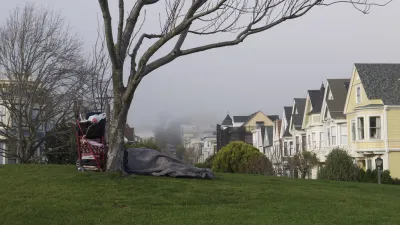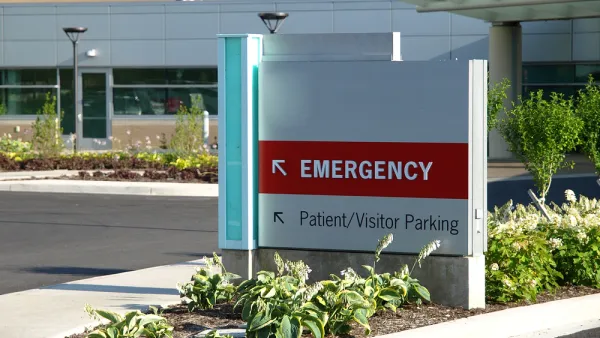Research suggests a correlation between regional income inequality and poorer health. Several statistical and sociological causes may come into play.

According to a study carried out by researchers from the University of Wisconsin, United States counties with higher income inequality often also suffer lower life expectancy. In the context of a wider look into geographical health risk factors, "[in] addition to the suspects you might expect — a high smoking rate, a lot of violent crime — the researchers found that people in unequal communities were more likely to die before the age of 75 than people in more equal communities, even if the average incomes were the same."
The article includes several attempts to explain this trend:
- A larger middle class will have the resources to steer clear of the most dire health threats. "That means that having fewer very poor people in a community will improve average health more than having fewer very rich people will diminish it."
- A wide gulf between haves and have-nots might lessen political pressure for social spending. Effectively, "places where wealthy residents can essentially buy their way out of social services may have less cohesion and investment in things like education and public health that we know affect life span."
FULL STORY: Income Inequality: It’s Also Bad for Your Health

National Parks Layoffs Will Cause Communities to Lose Billions
Thousands of essential park workers were laid off this week, just before the busy spring break season.

Retro-silient?: America’s First “Eco-burb,” The Woodlands Turns 50
A master-planned community north of Houston offers lessons on green infrastructure and resilient design, but falls short of its founder’s lofty affordability and walkability goals.

Delivering for America Plan Will Downgrade Mail Service in at Least 49.5 Percent of Zip Codes
Republican and Democrat lawmakers criticize the plan for its disproportionate negative impact on rural communities.

Test News Post 1
This is a summary

Test News Headline 46
Test for the image on the front page.

Balancing Bombs and Butterflies: How the National Guard Protects a Rare Species
The National Guard at Fort Indiantown Gap uses GIS technology and land management strategies to balance military training with conservation efforts, ensuring the survival of the rare eastern regal fritillary butterfly.
Urban Design for Planners 1: Software Tools
This six-course series explores essential urban design concepts using open source software and equips planners with the tools they need to participate fully in the urban design process.
Planning for Universal Design
Learn the tools for implementing Universal Design in planning regulations.
EMC Planning Group, Inc.
Planetizen
Planetizen
Mpact (formerly Rail~Volution)
Great Falls Development Authority, Inc.
HUDs Office of Policy Development and Research
NYU Wagner Graduate School of Public Service




























